Comments / Questions (25)
![]() Evie wrote:
Evie wrote:
Klopt dit wel bij het linker voorpand? " NAALD 1 (goede kant): Denk om TIP VOOR HET MEERDEREN-1. 2 recht, meerder 1 steek richting links, brei patroon zoals hiervoor tot er 3 steken over zijn, meerder 1 steek richting rechts, 3 recht." In totaal moeten er 4 steken gemeerderd worden over 8 naalden maar deze instructie leidt tot het meerderen van 8 steken (4 teveel dus).
07.12.2025 - 19:37
![]() Evie wrote:
Evie wrote:
Mijn vraag gaat over het linker voorpand in mt S. De eerste naald aan de goede kant begint met 2 r en 4 r (6 r) 2 av en daarna A4. Blijven deze eerste 6r steeds 6r over een lengte van 9 cm of moet hier ook een kabel in?
07.12.2025 - 19:17
![]() Gaby wrote:
Gaby wrote:
Very happy with the classic design. I like the way of knitting from back to front, saving on sewing. It's not complicated either.
05.12.2025 - 22:19
![]() Lene Larsen wrote:
Lene Larsen wrote:
I forbindelse med strikning af højre forstykke, står der i opskriften følgende: Strik 2-6-2-2-6-2-6 vrang, strik 2 ret, strik rib (= 2 ret/2 vrang/2 ret/6 vrang) ,strik 2 ret, bør slettes for bedre forståelse og korrekte mønster… VH Lene
05.12.2025 - 19:50
![]() Jade wrote:
Jade wrote:
Bonjour, pour le dos dans la première section il est écrit d’augmenter sur les rangs endroits et les rangs envers mais on se retrouve avec trop de mail, est ce qu’il ne faut augmenter que sur l’avant ?
23.11.2025 - 17:31DROPS Design answered:
Bonjour Jade, dans la 1ère partie du dos, on doit bien augmenter tous les rangs, autrement dit aussi bien sur l'endroit que sur l'envers, on tricote ainsi 24-16-24-24-16-24-16 rangs et on augmente par conséquent 48-32-48-48-32-48-32 mailles au total et on aura ainsi 88-76-88-88-76-88-76 mailles au total sur l'aiguille quand toutes les augmentations seront faites. Bon tricot!
24.11.2025 - 10:02
![]() Cindy wrote:
Cindy wrote:
Linkervoorpand: als je volgens de beschrijving breit, heb je 4 steken teveel. In maat s ( 39) kom je dan aan (43) wat maakt dat de rest ook niet meer klopt. Ook klopt het niet dat je beide kanten meerderd. Breien zou ontspannend moeten zijn en niet stresserend. Ik hoop dat het patroon verder eens wordt nagekeken . Ik blijf erbij het klopt niet. Sorry
21.11.2025 - 21:27
![]() Cindy wrote:
Cindy wrote:
Nog als laatste, want nooit mee. Ik brei al jaren, meestel geen probleem met deze patronen. Ik koop al jaren wol van jullie en dan dit🙄waarschijnlijk ALL assistant , toekomst? Daaaggg.
21.11.2025 - 12:30
![]() Cindy wrote:
Cindy wrote:
Dan klopt ulle patroon niet en hou ik het voor bekeken, toegeven is precies moeilijk dat er weldegelijk ern fout in staat
21.11.2025 - 10:00
![]() Cindy wrote:
Cindy wrote:
Mijn vraag is dus gewoon of het klopt dat er in dit stukje tekst een regeltje teveel staat vermeld?" Meerder 1 steek richting rechts" Linker voorpand: NAALD 1 (goede kant): Denk om TIP VOOR HET MEERDEREN-1. 2 recht, meerder 1 steek richting links, brei patroon zoals hiervoor tot er 3 steken over zijn, meerder 1 steek richting rechts, 3 recht. NAALD Vriendelijke groeten( sorry voor de 4 opeenvolgende berichten, was wat verwarend).
20.11.2025 - 17:56DROPS Design answered:
Dag Cindy,
Nee, voor zover ik weet staat er geen regeltje te veel vermeld.
20.11.2025 - 22:04
![]() Cindy wrote:
Cindy wrote:
Er zit wel ergens een telfout in het aantal steken.
20.11.2025 - 12:47
Winter Sketch Sweater#wintersketchsweater |
||||||||||||||||
 |
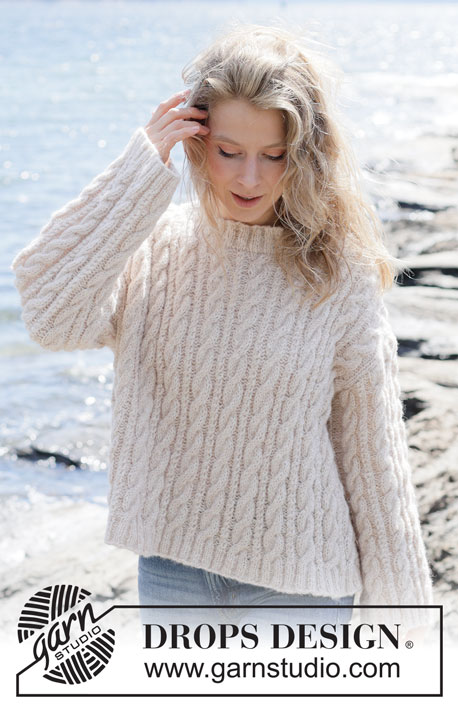 |
|||||||||||||||
Knitted jumper in DROPS Air. The piece is worked top down with European/diagonal shoulders and cables. Sizes XS - XXXL.
DROPS 264-1 |
||||||||||||||||
|
------------------------------------------------------- EXPLANATIONS FOR THE PATTERN: ------------------------------------------------------- PATTERN: See diagrams A.1 to A.4. Start at the arrow for your size (applies to A.1 and A.3). If there are not enough stitches for a cable, work in stocking stitch. The diagrams show the pattern from the right side. INCREASE TIP-1: INCREASE 1 STITCH TOWARDS THE LEFT - from RIGHT SIDE: Use left needle to pick up yarn between 2 stitches from row below, pick up yarn from the front and knit in the stitch loop that is on the back of the needle. INCREASE 1 STITCH TOWARDS THE RIGHT - from RIGHT SIDE: Use left needle to pick up yarn between 2 stitches from row below, pick up yarn from the back and knit in the stitch loop that is on the front side of the needle. . INCREASE TIP-2: INCREASE 1 STITCH TOWARDS THE RIGHT - from WRONG SIDE: Use left needle to pick up yarn between 2 stitches from row below, pick up yarn from the back and purl in the stitch loop that is on the front side of the needle. INCREASE 1 STITCH TOWARDS THE LEFT - from WRONG SIDE: Use left needle to pick up yarn between 2 stitches from row below, pick up yarn from the front and purl in the stitch loop that is on the back side of the needle. ------------------------------------------------------- START THE PIECE HERE: ------------------------------------------------------- JUMPER – SHORT OVERVIEW OF THE PIECE: The pattern uses both long and short needles; start with the length which fits the number of stitches and change when necessary. The piece is started back and forth, casting on stitches at the back of the neck and working top down with pattern, while increasing stitches on each side for the back shoulders, which become slightly diagonal. The back piece is worked as far as the armholes. The front piece is then worked in 2 sections, knitting up stitches along 1 back shoulder, working pattern and increasing for the neckline. This is repeated on the other shoulder, the 2 front sections are joined when the neckline is finished and worked as far as the armholes. The front and back pieces are joined on the same circular needle and the body worked in the round. The sleeves are worked in the round, bottom up as far as the sleeve cap, which is finished back and forth. Stitches are knitted up around the neckline and the neck worked in the round. If there is a «0» in your chosen size, skip the information and go straight to the next instruction. BACK PIECE: The piece is started back and forth. Cast on 34-34-34-34-34-34-34 stitches with circular needle size 5 mm and DROPS Air. Purl 1 row from the wrong side, increasing 6-10-6-6-10-6-10 stitches evenly on this row = 40-44-40-40-44-40-44 stitches. Now work PATTERN, starting at the arrow for your size in diagrams A.1 and A.3: ROW 1 (right side): Read INCREASE TIP-1. Work A.1, then A.2 2-1-2-2-1-2-1 times (= 24-12-24-24-12-24-12 stitches), work A.3 – increase leans towards the left at the beginning of the row and towards the right at the end of the row. ROW 2 (wrong side): Read INCREASE TIP-2. Purl 3, increase 1 stitch towards the right, knit above knit and purl above purl until there are 3 stitches left, increase 1 stitch towards the left, purl 3. The increases should fit into the pattern inside 3 stocking stitches on each side. Work ROWS 1 and 2 a total of 12-8-12-12-8-12-8 times (24-16-24-24-16-24-16 rows worked) = 88-76-88-88-76-88-76 stitches. Now work as follows, all sizes beginning on the first row in the diagrams: ROW 1 (right side): Remember INCREASE TIP-1. Work A.1, then A.2 6-5-6-6-5-6-5 times (= 72-60-72-72-60-72-60 stitches), work A.3. ROW 2 (wrong side): Remember INCREASE TIP-2. Purl 3, increase 1 stitch towards the left, knit above knit and purl above purl until there are 3 stitches left, increase 1 stitch towards the right, purl 3. Work ROWS 1 and 2 a total of 3-9-9-9-12-12-12 times (6-18-18-18-24-24-24 rows worked) = 100-112-124-124-124-136-124 stitches. The increases are finished in sizes XS, S, M and L and the pattern has been established. Skip the next paragraph in these sizes. Continue as follows in sizes XL, XXL and XXXL: ROW 1 (right side): Work A.1, then A.2 0-0-0-0-5-6-5 times (0-0-0-60-72-60 stitches), work A.3. ROW 2 (wrong side): Purl 3, increase 1 stitch towards the left, knit above knit and purl above purl until there are 3 stitches left, increase 1 stitch towards the right, purl 3. Work ROWS 1 and 2 a total of 0-0-0-0-3-3-9 times (0-0-0-0-6-6-18 rows worked) = 100-112-124-124-136-148-160 stitches. The pattern is now established. From the right side the pattern ends with the first 10 stitches in A.2 before the 3 stocking stitches. Insert 1 marker outermost on one side. The piece is now measured from here! Continue pattern A.2 with 3 stocking stitches on each side (remember to maintain the knitting tension) until the piece measures 6-6-5-6-6-5-6 cm from the marker, down the armhole and with the last row from the wrong side. Now increase for the armholes. INCREASE FOR ARMHOLES: ROW 1 (right side): Remember INCREASE TIP-1. Knit 3, increase 1 stitch towards the left, work pattern as before until there are 3 stitches left, increase 1 stitch towards the right, knit 3. ROW 2 (wrong side): Knit above knit and purl above purl– work the new stitches into A.2 as you go. Work ROWS 1 and 2 a total of 4 times = 108-120-132-132-144-156-168 stitches. The piece measures 10-10-9-10-10-9-10 cm from the marker and down the armhole. Make a note of the last row worked in A.2 so you can match the back and front pieces later on, before joining them together. Cut the strand, place the stitches on a stitch holder/thread. Work the left front piece along the left back shoulder as follows: LEFT FRONT PIECE: Find the left back shoulder as follows: Lay the back piece flat, right side up, with the stitch holder towards you; left side of piece = left shoulder. Start from the right side by the neckline on the left back shoulder and knit up 1 stitch in each row worked, inside the outermost stitch (= 30-34-42-42-46-54-58 stitches), then knit up 1 stitch outermost on the shoulder = 31-35-43-43-47-55-59 shoulder-stitches. All length-measurements on the front piece are taken from this knitted up row. Work the first row from the wrong side as follows: Purl 3, then work rib (knit 2, purl 6, knit 2, purl 2) to end of row – the pattern reflects the outermost stitches on the back piece. Continue the pattern back and forth as follows: ROW 1 (right side): Knit 2, knit 0-4-0-0-4-0-4, purl 2, work A.4 until there are 3 stitches left, knit 3. ROW 2 (wrong side): Knit above knit and purl above purl. Work until the piece measures 6-7-8-9-10-11-12 cm, with the last row from the wrong side. Make a note of the last row worked in A.4, so the two front pieces match before they are increased for the neckline. Increase as follows: ROW 1 (right side): Remember INCREASE TIP-1. Knit 2, increase 1 stitch towards the left, work pattern as before until there are 3 stitches left, increase 1 stitch towards the right, knit 3. ROW 2 (wrong side): Knit above knit and purl above purl– work the new stitches into A.4 as you go. Work ROWS 1 and 2 a total of 4 times (8 rows worked) = 35-39-47-47-51-59-63 stitches, with the next row from the right side. Cut the strand, place the stitches on a stitch holder/thread. Work the right front piece along the right back shoulder as follows: RIGHT FRONT PIECE: Start from the right side by the armhole on the right back shoulder and knit up 1 edge stitch in the outermost stitch, then 1 stitch in each row worked inside the outermost stitch as far as the neckline = 31-35-43-43-47-55-59 shoulder-stitches. All length-measurements on the front piece are taken from this knitted up row. Work the first row from the wrong side as follows: Purl 2-6-2-2-6-2-6, knit 2, work rib (knit 2, purl 2, knit 2, purl 6) until there are 3 stitches left, purl 3 - the pattern reflects the outermost stitches on the back piece. Now work pattern back and forth as follows: ROW 1 (right side): Knit 3, work A.2 until there are 2 stitches left, knit 2. ROW 2 (wrong side): Knit above knit and purl above purl. Work until the piece measures 6-7-8-9-10-11-12 cm, make sure the pattern has been worked to the same row as on the left front piece. Increase for the neckline as follows: ROW 1 (right side): Knit 3, continue the pattern until there are 2 stitches left, increase 1 stitch towards the right, knit 2 – remember INCREASE TIP-1. ROW 2 (wrong side): Knit above knit and purl above purl – work the new stitches into A.2 as you go. Work ROWS 1 and 2 a total of 4 times (8 rows worked) = 35-39-47-47-51-59-63 stitches, with the next row from the right side. The 2 front pieces are now joined as follows – make sure the pattern matches on both front pieces. FRONT PIECE: From the right side, work pattern as before across the right front piece, then cast on 30-34-30-30-34-30-34 stitches, work pattern across the left front piece as before until there are 3 stitches left, knit 3 = 100-112-124-124-136-148-160 stitches. The cast-on stitches for the neckline will fit into pattern A.2, continue the pattern on the next row from the wrong side. From the right side the pattern finishes with the first 10 stitches in A.2 before the 3 knitted stitches. Continue A.2 back and forth with 3 stocking stitches on each side until the piece measures 24-26-29-30-32-35-36 cm, making sure you finish on the same row as on the back piece before increasing for the armholes. INCREASE FOR ARMHOLES: ROW 1 (right side): Remember INCREASE TIP-1. Knit 3, increase 1 stitch towards the left, continue the pattern until there are 3 stitches left, increase 1 stitch towards the right, knit 3. ROW 2 (wrong side): Knit above knit and purl above purl– work the new stitches into A.2 as you go. Work ROWS 1 and 2 a total of 4 times = 108-120-132-132-144-156-168 stitches. The front piece measures 28-30-33-34-36-39-40 cm, with the last row from the wrong side, finishing on the same row as on the back piece. Now join the front and back pieces for the body. BODY: From the right side, continue the pattern across the front piece, then across the back piece and knit the first 3 stitches on the front piece = 216-240-264-264-288-312-336 stitches. Insert 1 marker (beginning of round). The piece is now measured from here! Continue the pattern in the round (the pattern fits under each sleeve). Make sure the cables are worked on the same round. Work until the body measures 26-26-25-26-25-24-25 cm from the marker. Change to circular needle size 3 mm. Work rib (knit 2, purl 2), which should neatly match the pattern. When the rib measures 4-4-4-4-5-5-5 cm, cast off with rib. The jumper measures approx. 56-58-60-62-64-66-68 cm, from by the neckline. The front piece is approx. 2 cm longer because some of the front piece is on the back. SLEEVES: The sleeves are worked in the round as far as the sleeve cap, then finished back and forth. Cast on 72-84-84-84-96-96-96 stitches with double pointed needles size 3 mm. Work rib in the round (knit 2, purl 2) for 4-4-4-4-5-5-5 cm. Change to double pointed needles size 5 mm and work A.4 6-7-7-7-8-8-8 times on the round. Insert 1 marker-thread at the beginning of the round; this is used when increasing under the sleeve. Allow the thread to follow your work onwards. Work pattern until the sleeve measures 20 cm. Now increase in purled stitches on each side of the marker-thread as follows: Work until there is 1 stitch left on the round, make 1 yarn over, work 4 stitches as before (the cable sits in the middle of these 4 stitches), make 1 yarn over (= 2 increased stitches, which are purled and lie on each side of 2 cabled stitches). Increase like this every 10-0-10-8-10-10-5 cm a total of 3-0-2-4-2-3-5 times = 78-84-88-92-100-102-106 stitches. When the sleeve measures 47-45-45-46-45-43-42 cm, work the sleeve cap as follows, with the next row an odd row in A.4 so all cables are still worked from the right side. SLEEVE CAP: On the next round cast off 16 stitches under the sleeve but, to avoid cutting the strand, begin the round 7 stitches before the marker-thread, cast off 16 stitches (the 2 cable-stitches are in the middle of these 16 stitches) and work to end of round = 62-68-72-76-84-86-90 stitches. Continue the pattern back and forth, casting off for the sleeve cap at the beginning of each row as follows: Cast off 4-4-4-4-5-5-6 stitches 2 times on each side, then 3-3-3-3-4-4-4 stitches 1 time on each side = 40-46-50-54-56-58-58 stitches. Cast off 4-4-4-4-5-5-6 stitches on each side until the sleeve measures 52-50-49-50-48-46-45 cm. Cast off the remaining stitches at the same time as knitting together all knitted stitches, 2 and 2. NECK: Use circular needle size 3 mm. Start from the right side on one shoulder-line and knit up 96-100-100-104-104-108-108 stitches, inside 1 stitch around the neckline. The stitch count must be divisible by 4. Work rib in the round (knit 2, purl 2) for 4-4-4-4-5-5-5 cm. Cast off a little loosely. ASSEMBLY: Sew the sleeves into the armholes, inside 1 stitch. |
||||||||||||||||
Diagram explanations |
||||||||||||||||
|
||||||||||||||||
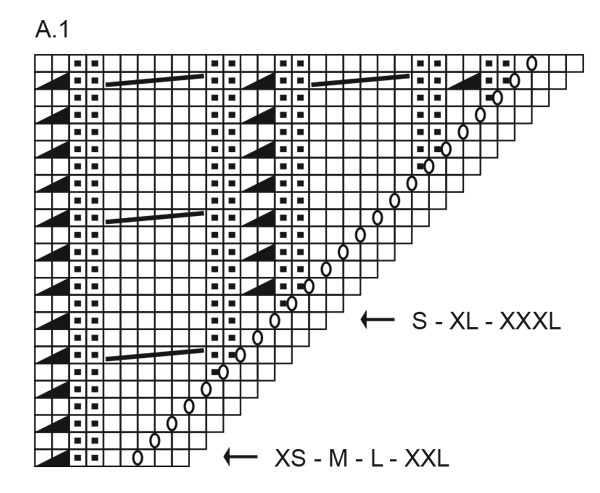 |
||||||||||||||||
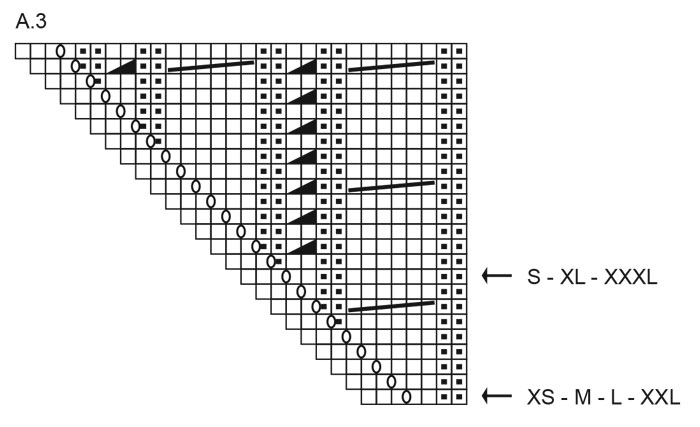 |
||||||||||||||||
 |
||||||||||||||||
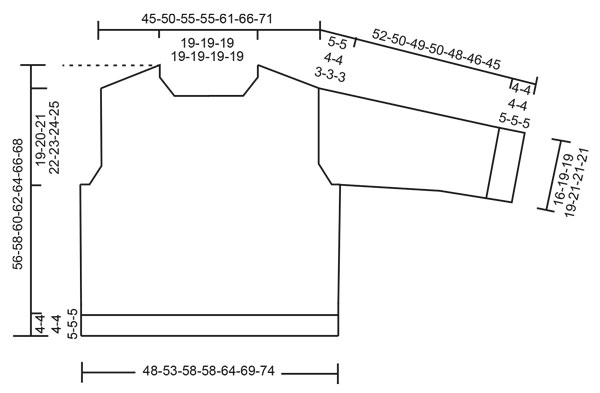 |
||||||||||||||||
Have you finished this pattern?Tag your pictures with #dropspattern #wintersketchsweater or submit them to the #dropsfan gallery. Do you need help with this pattern?You'll find 29 tutorial videos, a Comments/Questions area and more by visiting the pattern on garnstudio.com. © 1982-2025 DROPS Design A/S. We reserve all rights. This document, including all its sub-sections, has copyrights. Read more about what you can do with our patterns at the bottom of each pattern on our site. |
||||||||||||||||

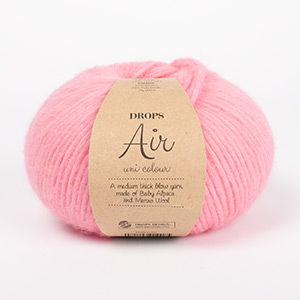





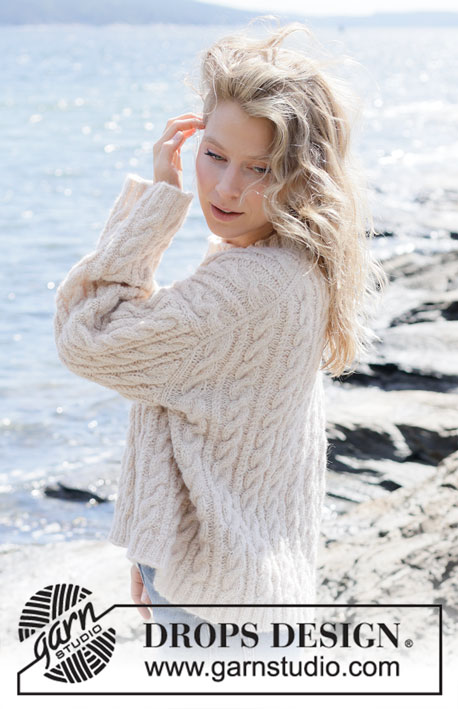
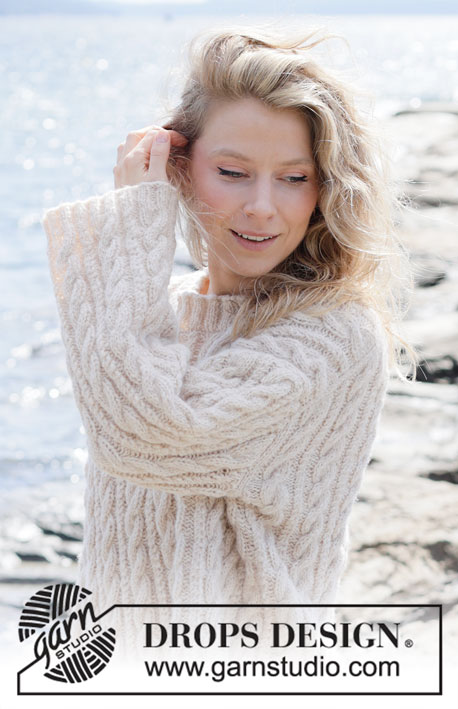
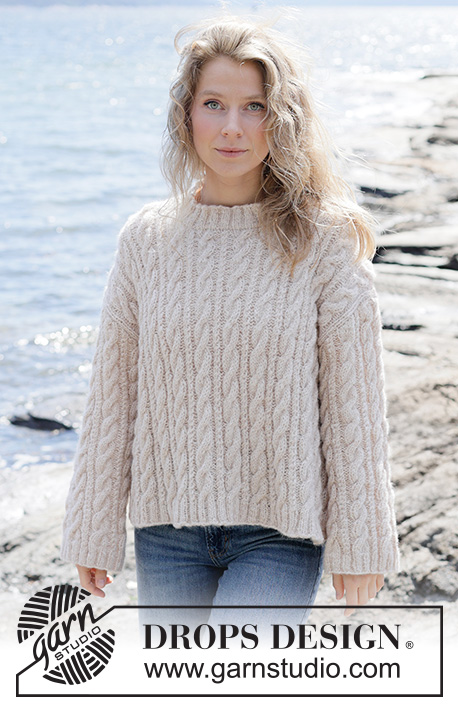

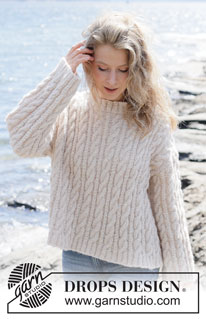
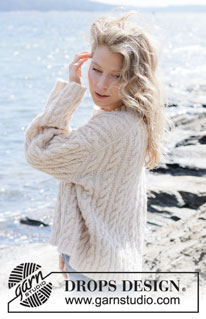
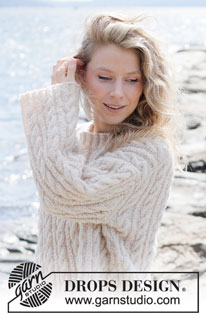
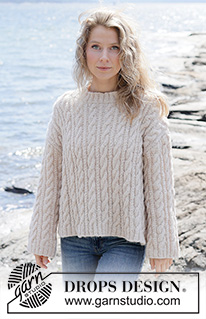

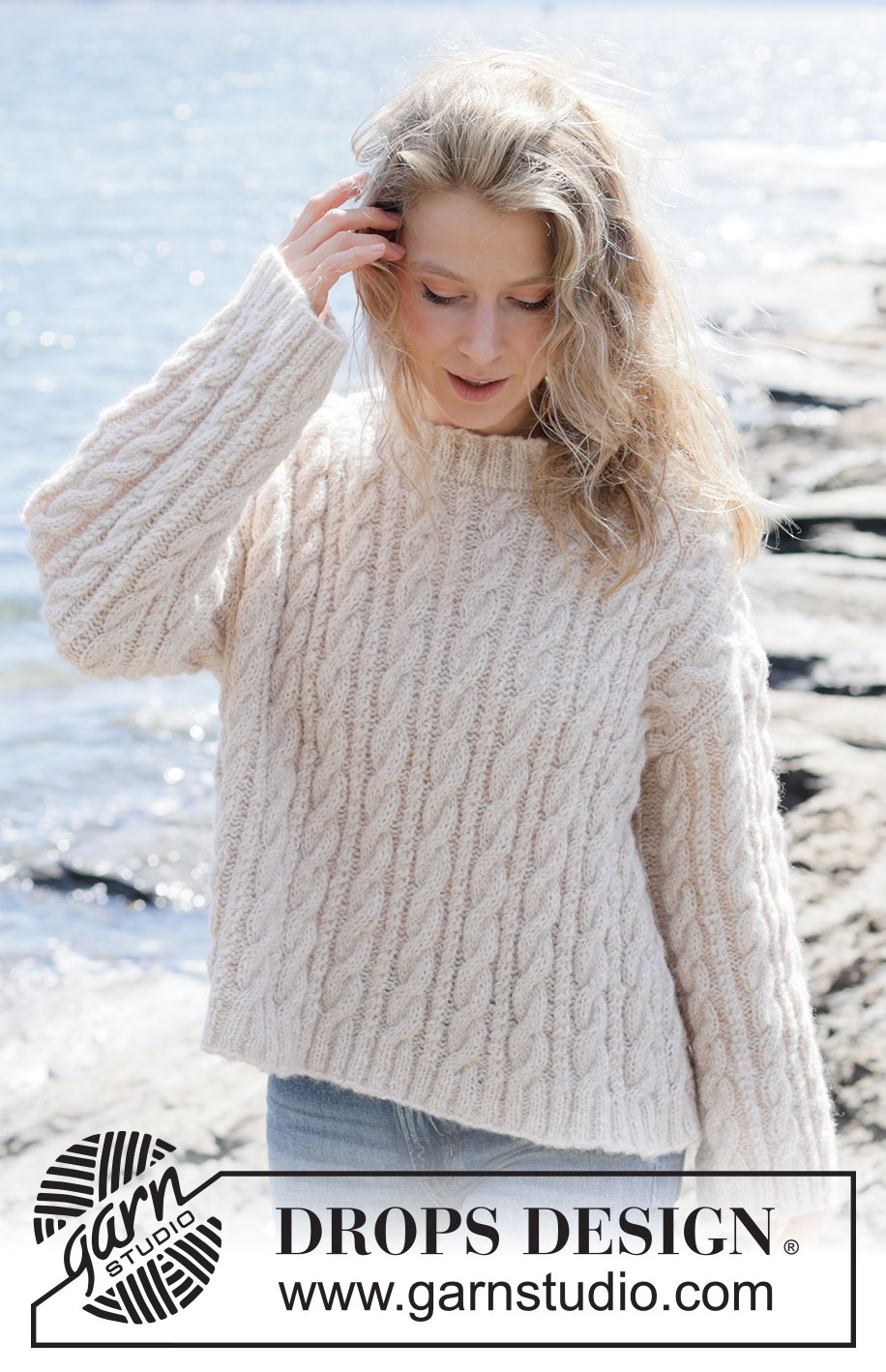
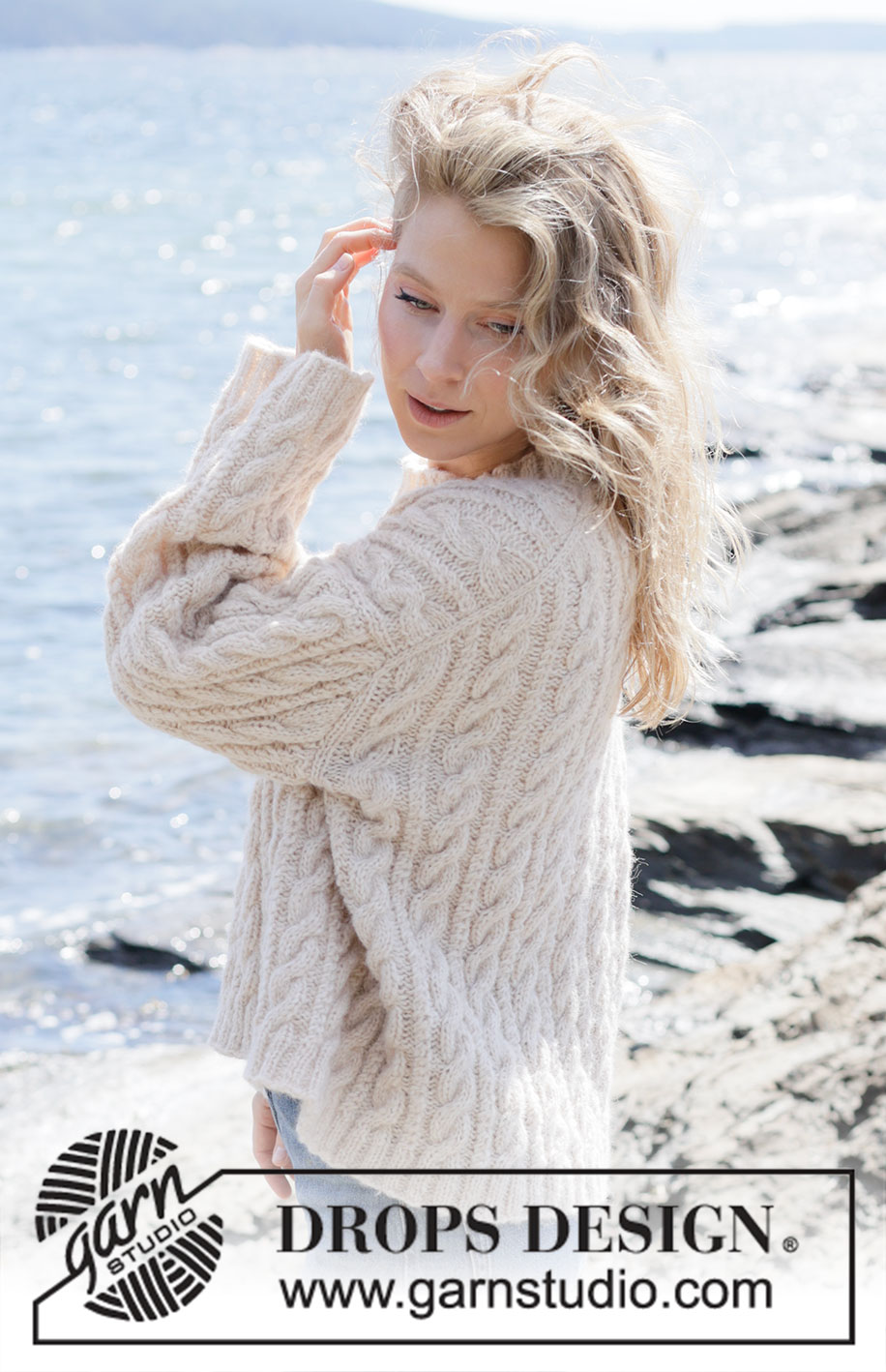
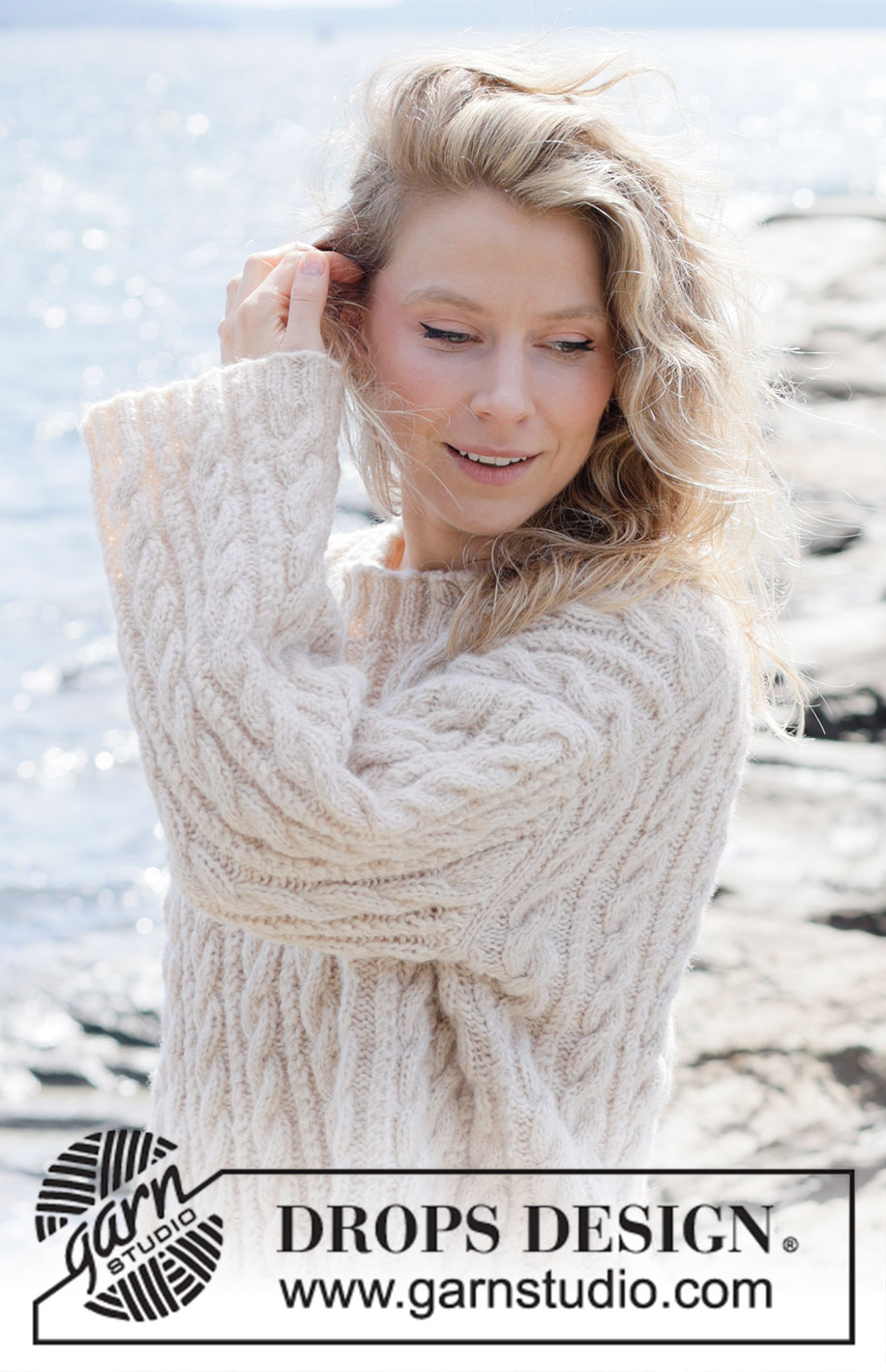
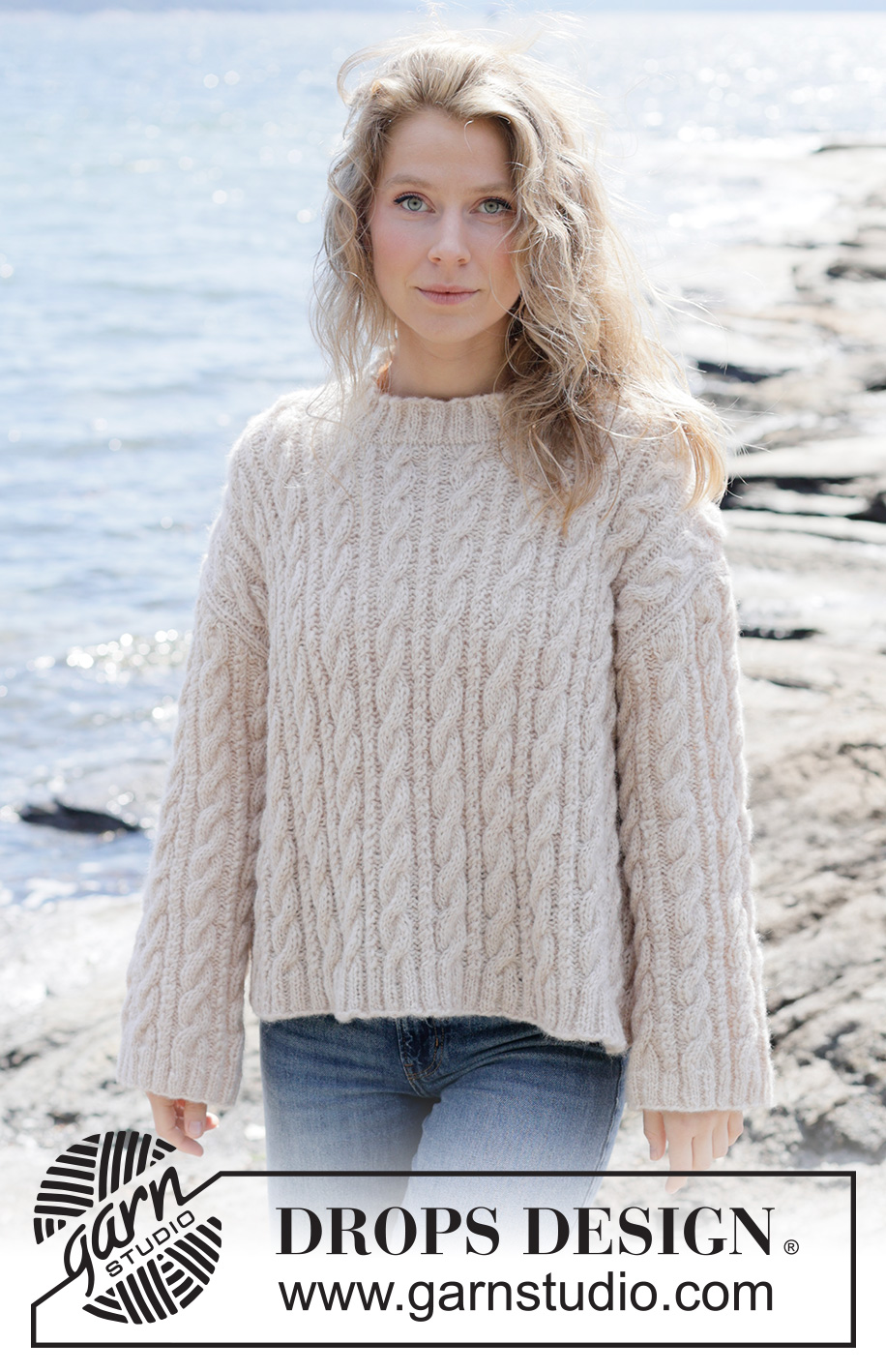
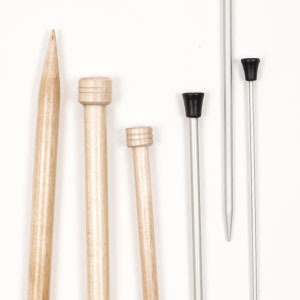
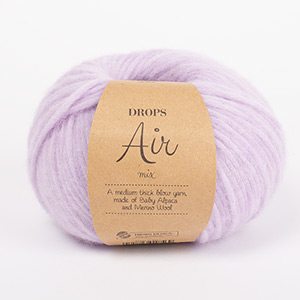
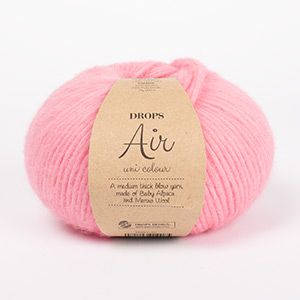

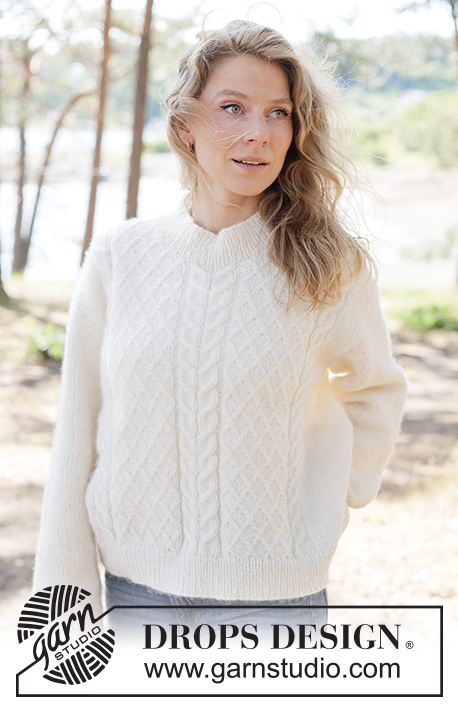
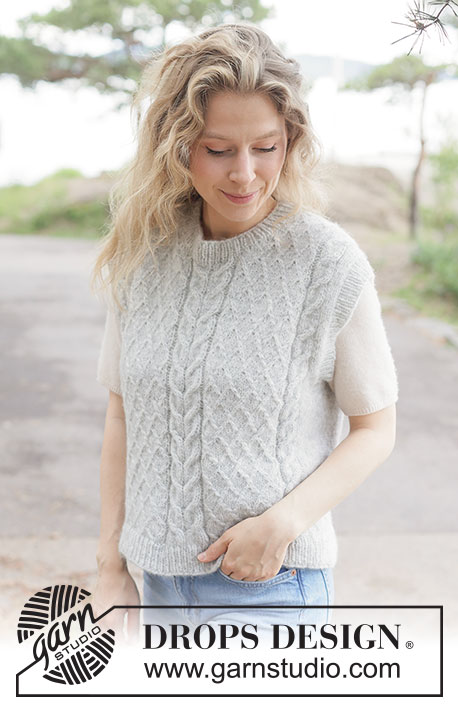
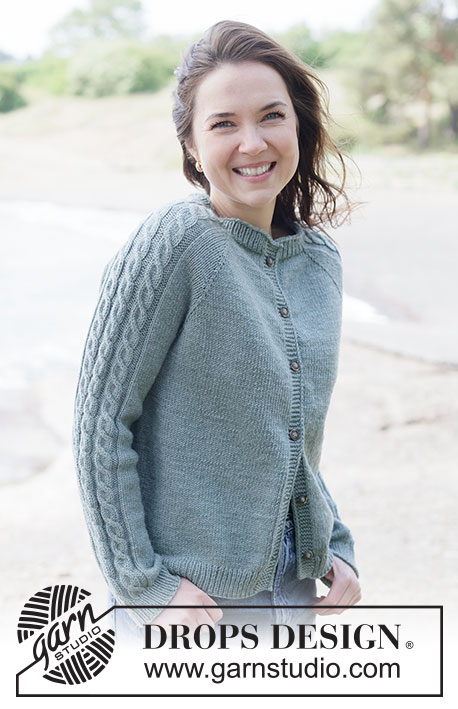
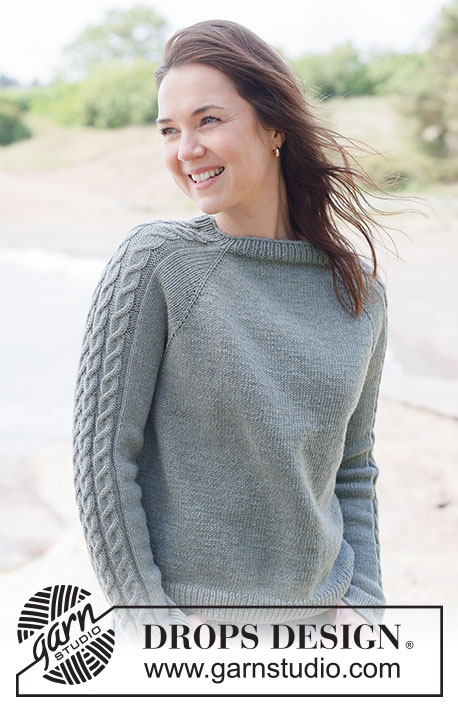


































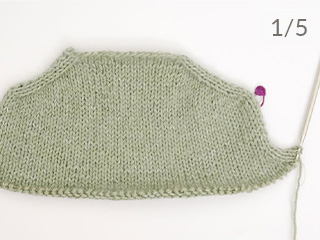
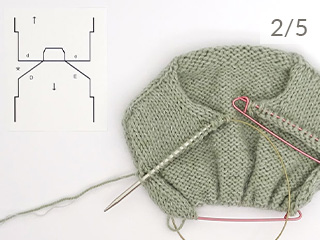
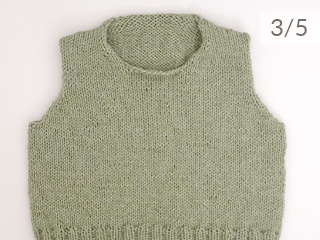
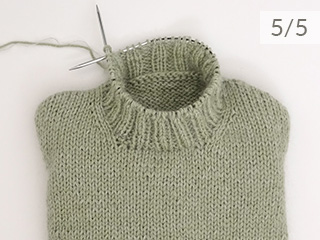
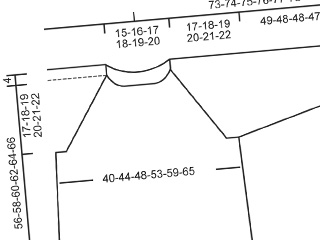

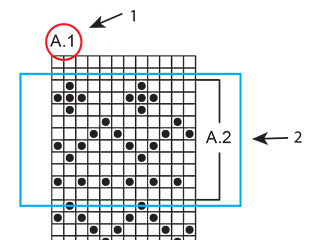
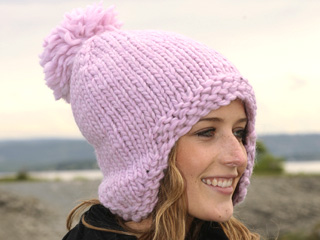
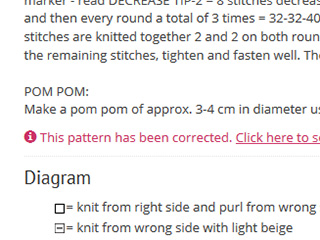
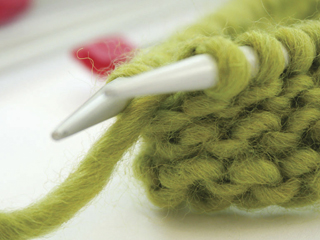
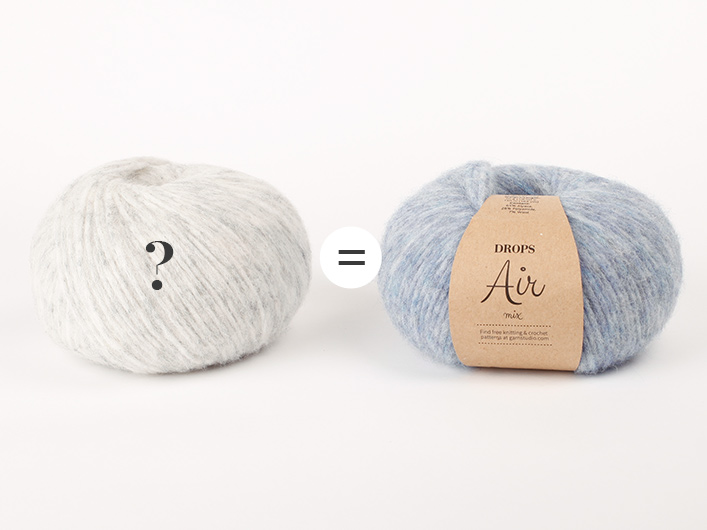
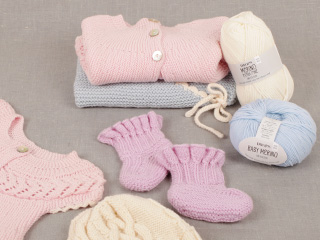
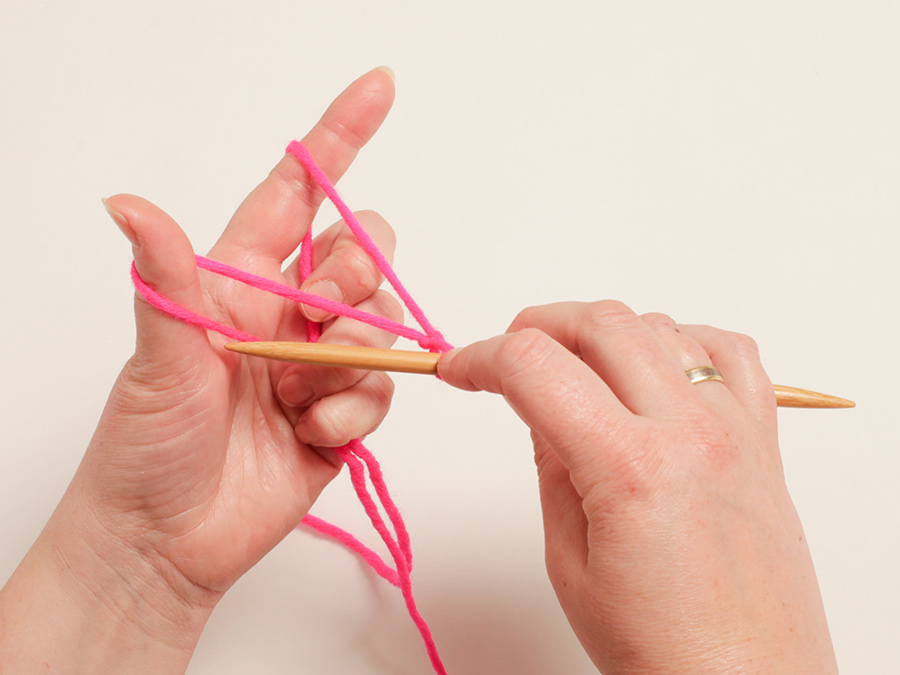
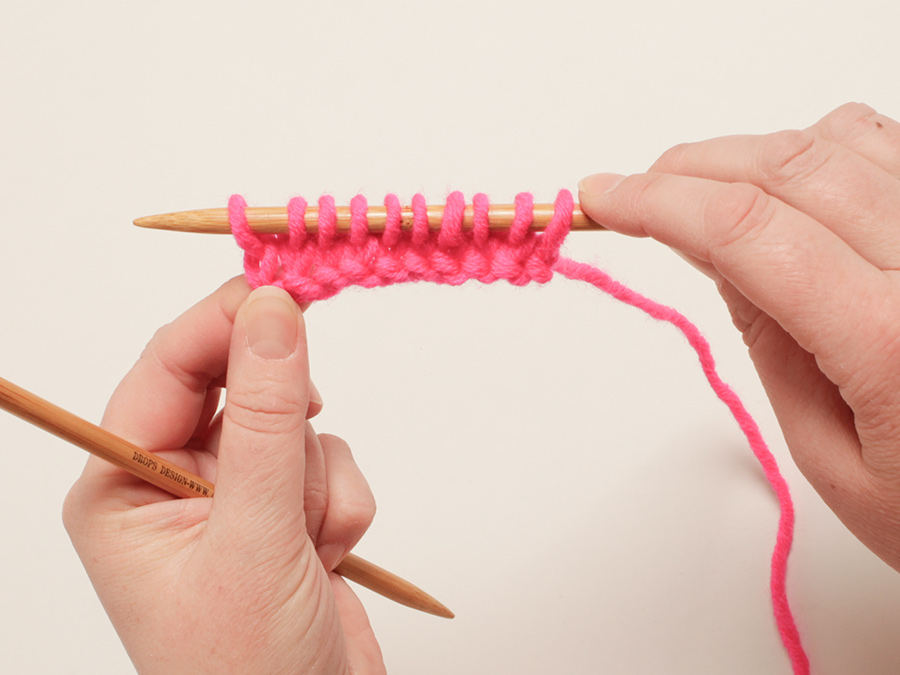
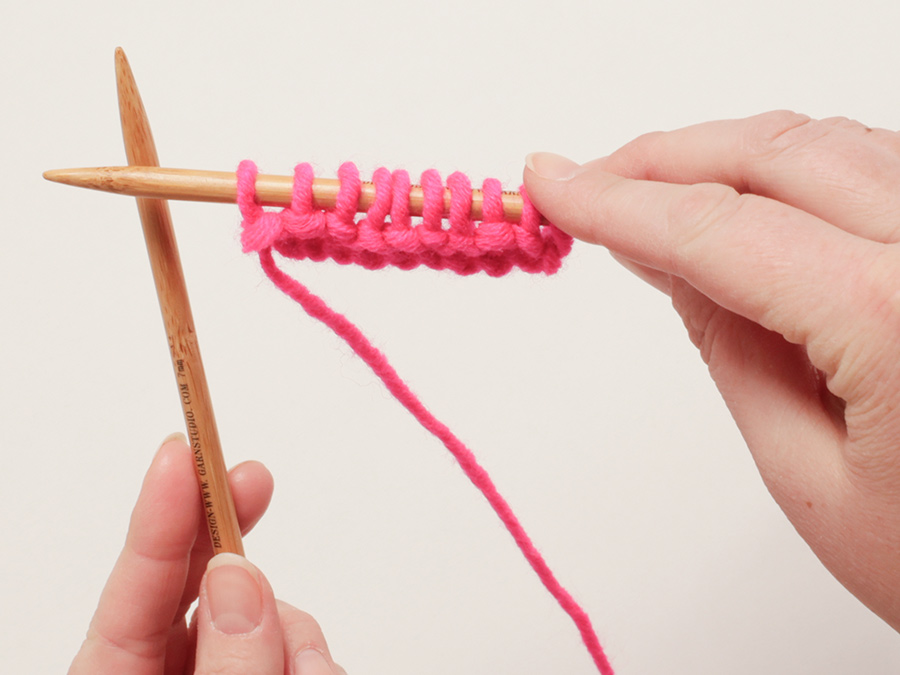
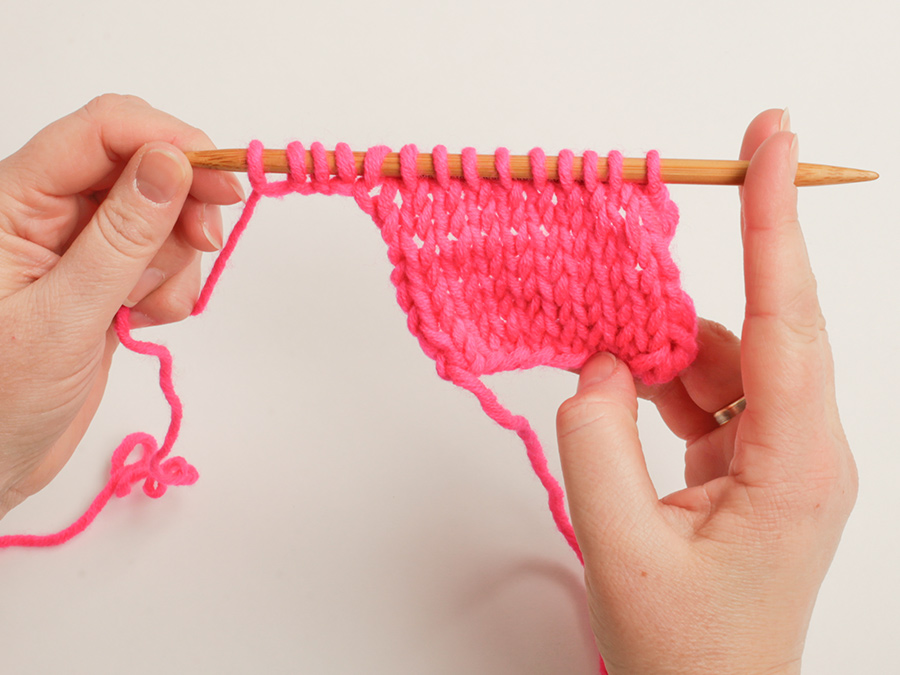
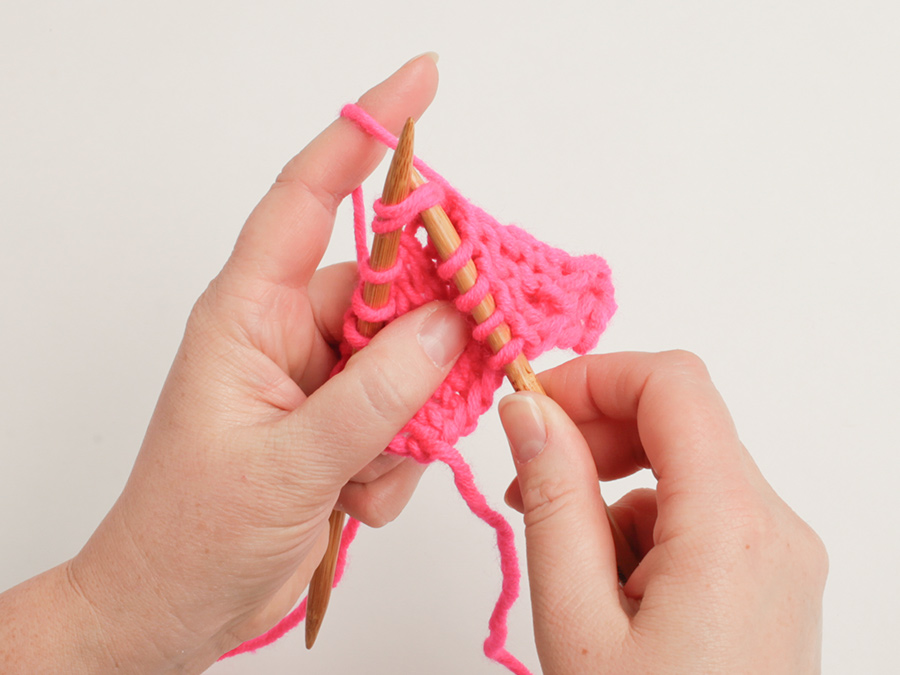
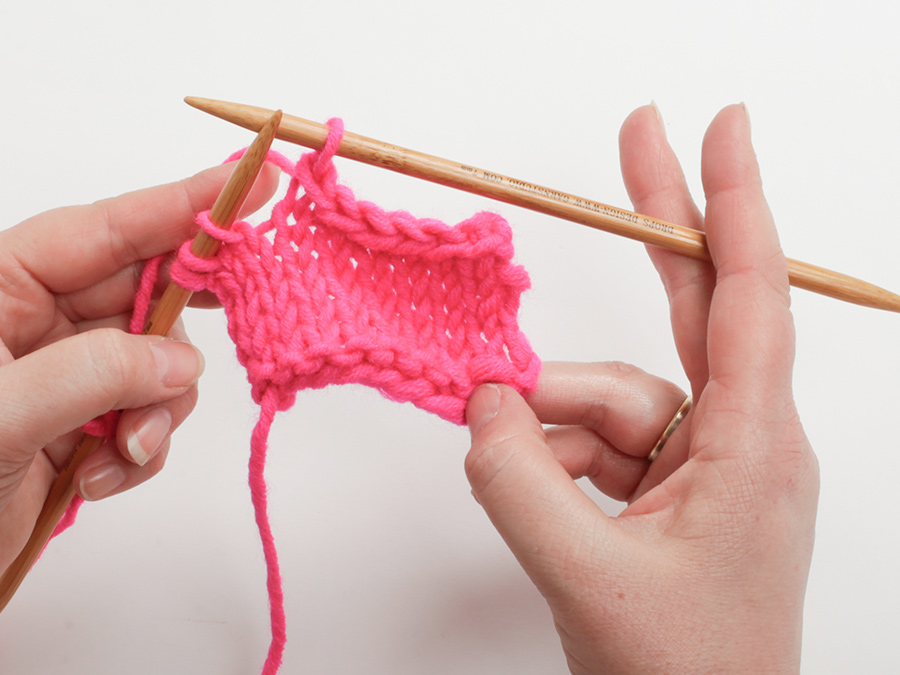
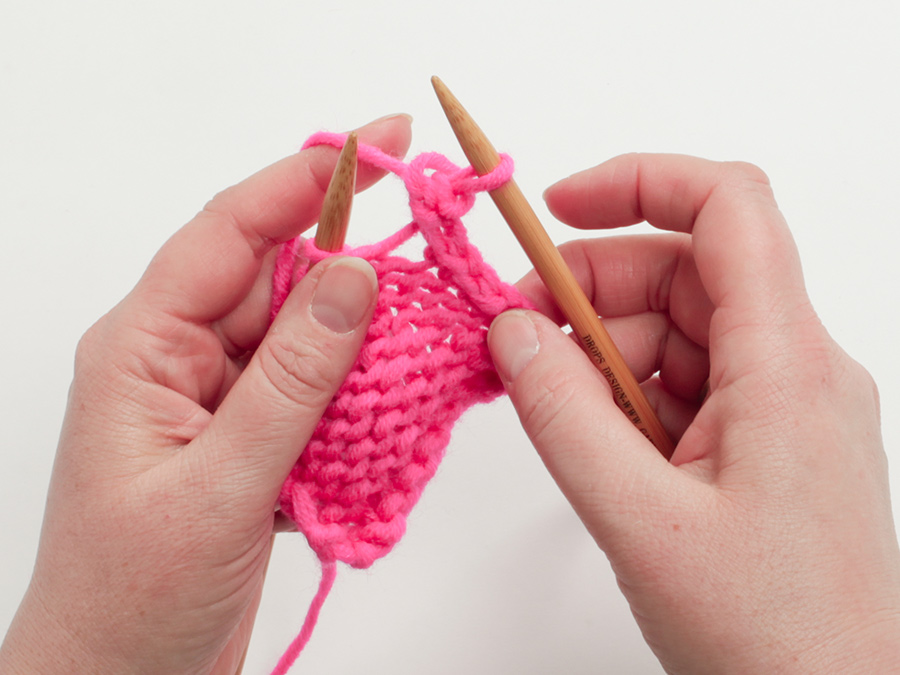

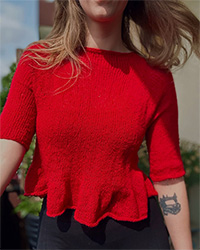
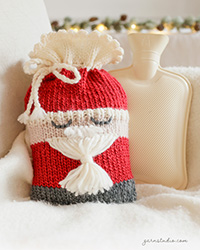
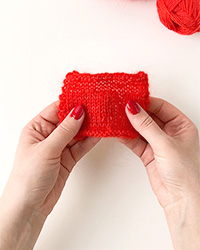
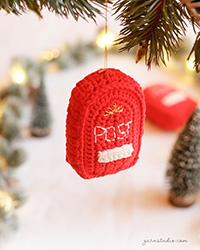
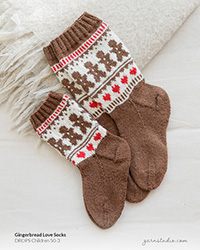
Post a comment to pattern DROPS 264-1
We would love to hear what you have to say about this pattern!
If you want to leave a question, please make sure you select the correct category in the form below, to speed up the answering process. Required fields are marked *.